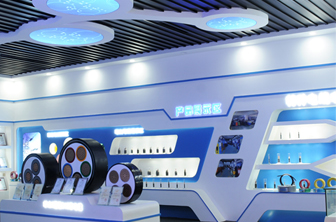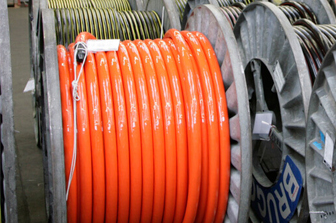Reasons for Common Failures of Flexible Control Cables
Understand flexible control cables
Nowadays, the operating speed of automation technology equipment is getting faster and there are usually several sensors. This characteristic requires the cables used to withstand a large amount of stress, and exceeding the design pressure will interfere with the reliability of their own structural mechanical performance. Therefore, in order to better take emergency measures, it is necessary to understand the common causes of failures in flexible control cables.
Four common causes of failures in flexible control cables
Cause 1: Degradation of insulation layer of cables and wires. A key reason for the degradation of the insulation layer of flexible control cables and wires is the damage caused by the hardware configuration in other cables, resulting in cable damage. And because the cable sheath and outer insulating material are subject to some metal materials and other lubricants, they may undergo decay, resulting in performance degradation. In addition, the cable sheath is also subject to interference from extremely high temperatures in the air and its own performance degradation.
Cause 2: Fatigue of conductors and shielding layers at terminal equipment. In the process of applying cables, it is often necessary to move or bend the cables, which can easily cause damage to the cable terminal equipment. Cables without installation brackets will quickly become damaged. In addition, movement can also cause damage and rupture of the support brackets. Generally, static data cables have stronger bending strength performance.
Cause 3: Limitations in cable routing. The movement of cables often causes them to bend, and each bending process will inevitably cause a certain amount of stress. Generally, for copper transmission wires, their resistance to stress can be relatively small. Therefore, in order to better reduce stress damage, the diameter of the cables should be as small as possible.
Cause 4: Fatigue of transmission wires and shielding layers in deformed areas. The most common failure of cables is the breakdown of their shielding layers. Under normal conditions, if such common failures occur, flexible control cables can still be used, but there may be some falsified data signals due to the impact.
The above four points are the key reasons for the common failures of flexible control cables. It can be seen that in order to increase the service life of cables, it is necessary to analyze the performance of the cables used in industrial equipment today and strive to develop cables that are safer and more powerful. In the process of improving cables, reference can also be made to the design solutions in traditional industries such as automobiles.
Latest News & Blog
 English
English  français
français  Deutsch
Deutsch  العربية
العربية  tiếng việt
tiếng việt  ไทย
ไทย  čeština
čeština  Indonesia
Indonesia  Eesti
Eesti  български
български  slovenčina
slovenčina 



